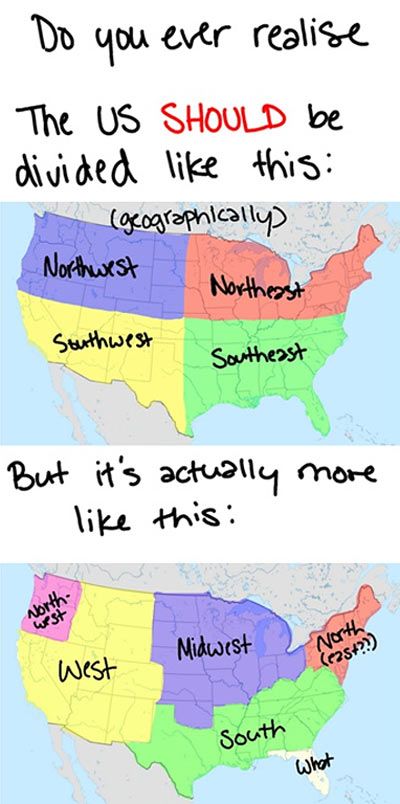New National Poll Reveals Economic Abuse Defined Differently on Main Street than Wall Street
I believe the research should have included at least 15% Hispanic respondents in order to mirror the breakdown of the current U.S. population according to the U.S. Census but interesting results nonetheless:
The Allstate Foundation responds with new financial curriculum for abuse survivors
NORTHBROOK, Ill., June 23 /PRNewswire/ — While 70 percent of Americans know people who are or have been victims of domestic violence, nearly the same percentage of Americans fail to see a connection between domestic violence and “economic abuse,” according to a new national poll released by The Allstate Foundation.
Economic abuse is a tactic commonly used by abusers to control their victims’ finances and prevent them from leaving a dangerous relationship. However, the survey also revealed nearly eight out of 10 Americans link economic abuse to Wall Street woes or irresponsible spending.
“Many people associate domestic violence with physical cuts and bruises, but bruises on your credit score and being cut off from access to money create lasting scars that make it hard, if not impossible, for abuse victims to recover,” said Jennifer Kuhn, manager of the Economics Against Abuse Program at The Allstate Foundation. “For victims of domestic violence, economic abuse is much more personal – and dangerous.”
To better educate Americans about this often overlooked aspect of domestic violence, The Allstate Foundation provides the following signs to recognize economic abuse:
- Taking money, credit card or property from a partner without their permission
- Racking up debt without a partner’s knowledge
- Purposely ruining a partner’s credit score
- Forbidding a partner from earning money or attending school
- Being forced by a partner to hand over paychecks
- Cancelling insurance or credit cards without the partner’s knowledge
- Harassing a partner at work to negatively impact a job
“A downturn in the economy impacts us all, but it disproportionately impacts the most vulnerable members of society, including domestic violence survivors,” said Rene Renick, director of programs and operations at The National Network to End Domestic Violence (NNEDV). “Now more than ever it’s important that domestic violence survivors build economic skills to overcome financial instability, a major barrier to escape and stay out of an abusive situation.”
The Allstate Foundation, in partnership with NNEDV, recently developed a Financial Empowerment Curriculum to help victims achieve financial independence. The Financial Empowerment Curriculum includes financial tools and information designed to enable survivors of domestic abuse to fully understand their financial circumstances, as well as engage in short-term and long-term planning (e.g., budgeting tools, step-by-step planners, tips, etc.) to accomplish their personal goals.
“Our goal is to raise awareness about how economic empowerment can lead to a safe and financially secure future,” said Kuhn. “With resources like the Financial Empowerment Curriculum, we’re providing tools to domestic violence survivors and others who may need financial guidance in these tough economic times.”
The user-friendly curriculum is available in a variety of formats, including hard copy, Spanish-language, DVD and downloadable versions at >www.ClickToEmpower.org. Also available are e-learning modules to help people of all incomes and earning power work toward long-term economic empowerment.
Other national survey findings include:
- More than three-quarters of Americans (76 percent) believe the poor economy has made it more difficult for victims of domestic violence, and two-thirds (66 percent) believe it has caused an increase in domestic violence.
- 44 percent say the most difficult barrier to leaving an abusive relationship is financial security.
- Almost 60 percent of Americans don’t see a connection between harassing a partner at work and economic abuse, even if it may cost the victim their job and ultimately limiting income.
About the National Poll
The Allstate Foundation “Crisis: Economics and Domestic Violence” poll was a nationwide telephone survey of 708 Americans conducted in May 2009 by Murphy Marketing Research. The survey sample was generated by random digit dialing and represents a margin of error of +/- 3.7 percentage points. The survey sample was designed to closely mirror the breakdown of the current U.S. population with 10 percent African-American and 10 percent Hispanic respondents. For the full survey results, please visit www.ClickToEmpower.org.
About The Allstate Foundation
Established in 1952, The Allstate Foundation is an independent, charitable organization made possible by subsidiaries of The Allstate Corporation. Allstate and The Allstate Foundation sponsor community initiatives to promote “safe and vital communities”; “tolerance, inclusion, and diversity”; and “economic empowerment.” The Allstate Foundation believes in the financial potential of every individual and in helping America’s families achieve their American dream.
About the Economics Against Abuse Program
The Allstate Foundation Economics Against Abuse Program helps domestic violence survivors build their financial independence to get free and stay free from abuse. Seeing a significant gap in resources for programs designed to assist survivors with the economic challenges that they face, The Allstate Foundation took action and partnered with the National Network to End Domestic Violence to create a comprehensive program. Economics Against Abuseprovides resources, funds direct services and spreads the word on how to empower those touched by domestic and economic abuse. For more information and to find out how to help, visit www.ClickToEmpower.org.
Source: The Allstate Foundation


